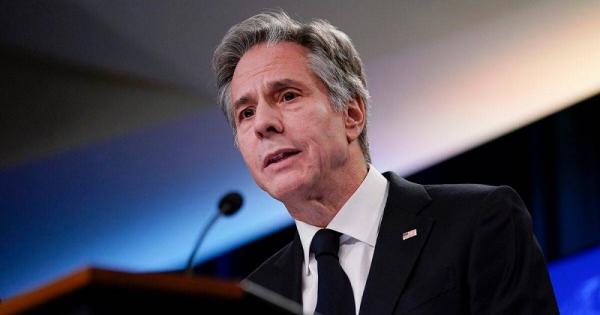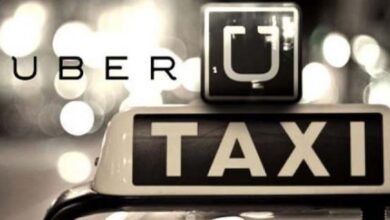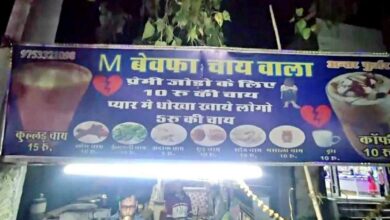How possible is opposition unity?

The Bharatiya Janata Party has started preparations for the 2024 Lok Sabha elections. The party is working on one Lok Sabha seat each. Captain Amarinder Singh has been brought in the party under this scheme, how to win the Patiala Lok Sabha seat of Punjab, then former Chief Minister Digambar Kamat has been taken in the party for how he will win the South Goa Lok Sabha seat, which was lost last time. It is believed that the sitting Congress MP from Patiala, Preneet Kaur will fight on BJP ticket next time and BJP will field Digambar Kamat in South Goa seat.
The BJP is working closely on the strategy of one seat, while at the same time, the plan is also being worked on to join small parties in every state or get them merged with the BJP. During his visit to Bihar, Union Home Minister Amit Shah also gave a message to former Chief Minister Jitan Ram Manjhi. Against this, if we look at the politics of the opposition, then everything will look very scattered right now. Many big leaders are working for the unity of the opposition, but at least now it is not showing any concrete and tangible form.
The basic reason for this is the attitude of the Congress towards the opposition parties and the politics of the Aam Aadmi Party. The Congress had earlier also maintained that opposition unity is possible only by keeping it at the centre. But now that the Bharat Jodo Yatra has started under the leadership of Rahul Gandhi and it has got good response in the southern states, the Congress has started talking derogatory towards the opposition parties. Jairam Ramesh has described those who talk of opposition unity except the Congress, who live in fool’s paradise. However, not all opposition parties are in favor of leaving the Congress. But Congress’s own attitude is such that the opposition parties will be divided. Especially in those states, where Congress is strong or Congress sees any possibility for itself. In the states like Karnataka, Telangana, Kerala etc., this attitude of the Congress will become an obstacle in the way of opposition unity, then in the states where the Congress is very weak, such as Uttar Pradesh, West Bengal, etc., the thinking of the big regional parties towards the Congress will lead to opposition unity. Can derail.
Apart from this, the politics of Aam Aadmi Party is also an obstacle in the way of opposition unity. The Aam Aadmi Party is rapidly expanding its circle in one state after another and for it the Congress is a bigger political enemy than the BJP. Congress is also considering him as its biggest enemy. The way different regional parties replaced the Congress in many states of the country, in the same way, the Aam Aadmi Party is trying to replace the Congress where there is no regional party and the Congress is in direct competition with the BJP. Do it and take its place. Under this scheme, the Aam Aadmi Party got success in Delhi and Punjab and now its eyes are on the states like Gujarat, Himachal Pradesh, Rajasthan, Madhya Pradesh, Chhattisgarh etc., where the Congress is still a strong force. So, the Congress leaders’ attitude and AAP’s politics will prevent the opposition from uniting.
Now the question is, how will they come if the opposition parties come together? What will be its formula, by which a common opposition will be able to challenge the BJP? It is not at all possible that all the parties have coordination in all the states. Because most of the parties are not fit to fight in more than one state. They have neither organization nor leaders. So state wise opposition should be formed and opposition should focus on those seats where BJP got tough competition in last election or where BJP won by less votes margin. While making its strategy, it has to be kept in mind that BJP is also making its strategy on these seats. The BJP is concentrating on 144 seats where it lost the last election and 77 seats it won last time by a margin of less than one lakh votes. There are many seats in this, which the party won by a few thousand votes. In Jharkhand’s Khunti Lok Sabha seat, BJP won by a margin of two thousand votes, in Lohardaga by a margin of 10 thousand and in Dumka by a margin of 45 thousand votes. Special preparations are being made by the BJP on these seats. Only then the opposition parties should work on a plan to build their partnership on such seats and field common candidates.
CSDS, an organization that analyzes electoral data, has analyzed the seats won by the BJP with a small margin, which shows that if the votes of the opposition parties that stood second and third in the last election on such seats are added, then the BJP lost in most of the seats. Will go That is, the BJP has won by dividing the votes of the opposition. If the opposition fielded a common candidate on 77 seats that it lost by a margin of less than one lakh, it can win 50 seats and give a tough fight to the BJP in 10-12 seats. If this happens, the BJP’s seats will come down from 303 to far below the majority mark of 272. This is a very simple analysis. In this it is assumed that all the seats won by a margin of more than one lakh votes, the BJP will win again. The number of such seats is 227. Out of these, 105 seats are such on which the BJP has won by a margin of more than three lakhs and there are 59 seats where the margin of its victory was two to three lakh votes. BJP need not worry much on such seats.
However, nothing can be said for sure about this because before the Lok Sabha elections, assembly elections are going to be held in about 10 big and small states. A lot will change with the results of the state elections. The perception that is now being created that when BJP goes to contest 2024 elections, there will be 10 years of anti incumbency against it and BJP may suffer due to problems like inflation, unemployment etc., that perception will be affected by the election results of the states. If BJP loses, it will be difficult in 2024. But before that, looking at the current environment, it does not seem that the opposition can in any way stop the BJP below two hundred and fifty seats. BJP will remain the largest party, it seems certain. Reducing BJP’s seats is also possible only when there is complete unity among the opposition parties. If this does not happen and the votes of the opposition are divided, then it will be difficult to stop the BJP. As far as the Congress is concerned, it should also focus on the same states and seats where it lost the last election by a narrow margin and where it has both the support and organization. If Congress does such targeted politics then it can increase 30 to 35 seats i.e. its seats can go up to 80.




